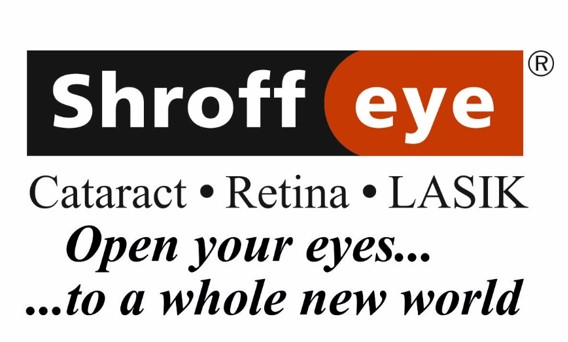Shroff Eye Hospital is India's First Eye Hospital accredited by the Joint Commission International (USA) since 2006. Shroff Eye is also India's first and only Wavelight Concerto 500 Hz LASIK center. Shroff Eye has stood for excellence in eye care since 1919. A firm commitment to quality is at the heart of all services provided at our centers at Bandra(W) and Marine Drive, Mumbai.
Are you experiencing contact lens related issues?
A contact lens wearer who presents with conjunctival irritation and associated symptoms – such as itching, burning or tearing – may be suffering from any one of a number of conditions (such as allergy) of which the lenses may not be the primary cause. In other cases, however, contact lens wear itself is responsible for the condition. The possible conditions which need an ophthalmologist’s opinion for contact lens users include:
- Ocular allergy – tearing, itching, a sensation of ocular pressure, dilatation of conjunctival vessels, swollen eyelids, foreign body sensation.
- Red eye – there are multitude causes of a red eye in contact lens users. Broadly, they are either infective or noninfective. Amongst the infective causes it can be either conjunctivitis or keratitis. The noninfective causes include: corneal hypoxia, damaged lenses, incomplete blinking, deposits on the lens, poorly fitting lenses and reactions to the lens cleaning solutions. There could be associated, non-contact lens related causes of red eye viz., blepharitis or meibommianitis.
- Corneal problems related to contact lens wear include: corneal abrasions, punctuate keratitis, sterile corneal infiltrates, superior limbic keratoconjunctivitis, neovascularisation and corneal ulcer.
- Giant papillary conjunctivitis: marked by increasing lens awareness, itching, mucous discharge, formation of a coating on the contact lens and development of papillae.
Dry eye – Irritation, redness, burning/ stinging, itchy eyes, sandy- gritty feeling (foreign body sensation), blurred vision, tearing, contact lens intolerance, increased frequency of blinking, mucous discharge, photophobia (less frequent symptom), symptoms worsen in windy or air-conditioned environments, as day progresses, after prolonged reading, working on computers.






